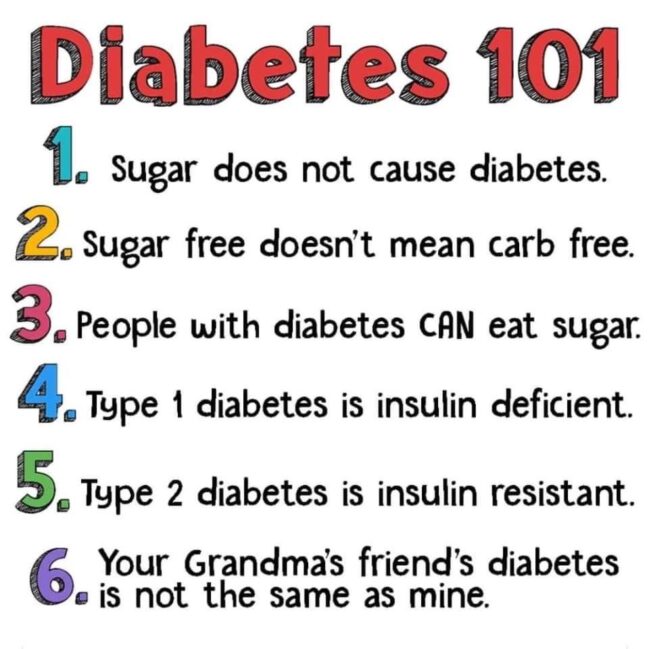
-
-
A type 1 diabetes diagnosis isn’t always as straightforward as you might think. That’s because the signs and symptoms of type 1 diabetes can closely resemble those of several other health conditions. Because of this, doctors must carefully rule out other possible diagnoses before confirming type 1 diabetes.
This methodical approach is called making a “differential diagnosis.” If you’re uncertain about the accuracy of your diagnosis, still trying to understand why your blood glucose (blood sugar) is high, or not responding well to prescribed treatments, here’s how a differential diagnosis could help.
Understanding Differential Diagnosis
Health care providers often use a process of elimination to narrow down what’s responsible for certain signs (measurable indicators, like blood glucose levels) and symptoms (what you feel, such as weakness or fatigue). Although these other conditions may not be your final diagnosis, they’re potential causes that need to be considered. This approach of examining various relevant conditions before selecting the appropriate diagnosis is known as making a differential diagnosis.
To continue reading the rest of this story, click (HERE) to go to my T1D Dream website.





